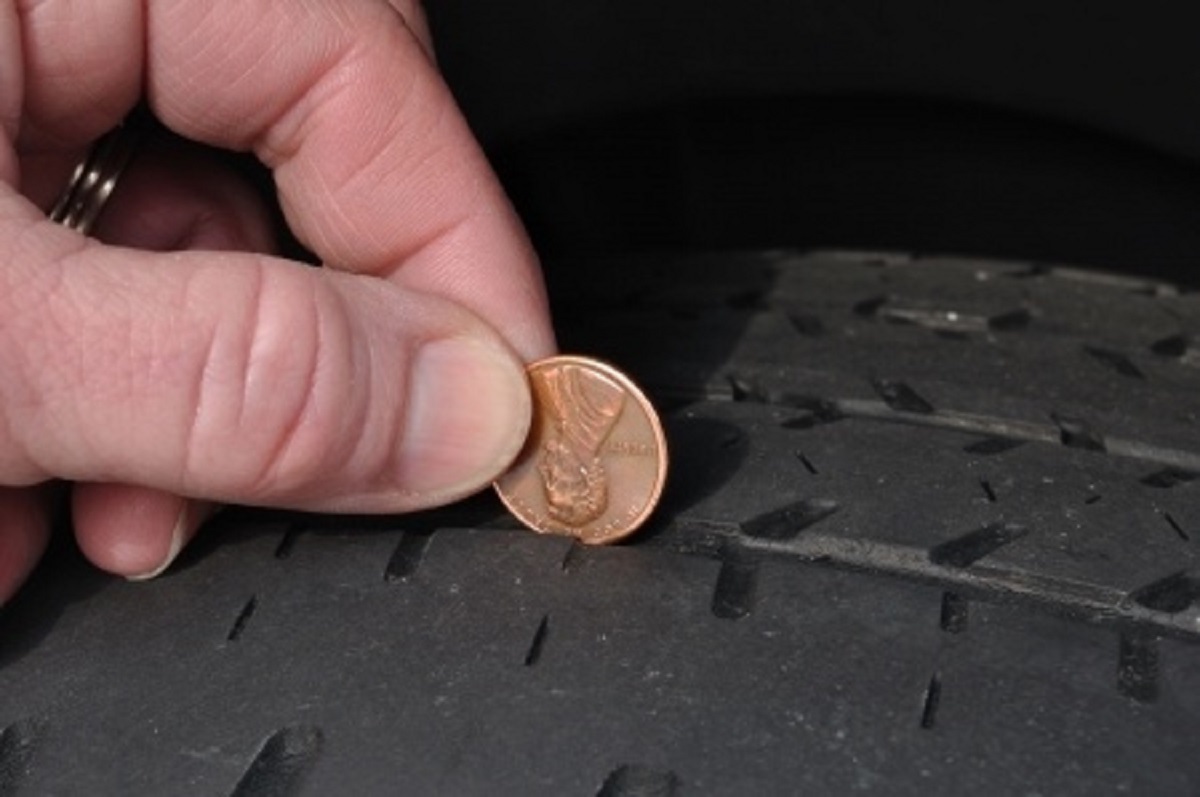For many drivers, their lives can get so busy so quickly that they become more concerned about where they’re going rather than how they get there, and with this mindset usually comes overlooked maintenance concerns regarding the state of a vehicle. While most drivers know they need to change their oil every couple thousand miles, check their tire pressure, refill their windshield wiper fluid, wash the car every now and then, and maybe even listen for that screeching sound in their brakes when their brake pads need to be replaced.
With so many things to consider alongside everything else life has to offer, checking tread depth on a vehicle’s tires can be an easy thing to forget. Even so, having the right amount of tread depth is a simple way to maximize a driver’s safety and a vehicle’s performance and gas efficiency. All drivers should be monitoring their tread depth once it hits only 4/32-inch deep. To assess your tires’ tread depth yourself and decide whether they are bald enough to need replacing, try one of the following methods.
Penny Test
Most drivers, regardless of how “car-savvy” they are, have heard of the penny test somewhere along the line, as it’s one of the more popular ways to inspect tread depth. To perform the penny test, just insert one penny into one of the tire’s tread grooves, with Mr. Lincoln’s head facing you and upside down. If Lincoln’s entire head is completely outside the tread, the tire’s tread depth is now less than 2/32-inch, meaning the tire must be replaced.
Quarter Test
In a similar vein to the penny test is the quarter test for those who don’t keep pennies close at hand. To perform the quarter test, insert one quarter into one of your tire’s tread grooves. If the tire tread touches any of Mr. Washington’s head, there is at least 4/32-inch of tread left, which means the tire doesn’t need replacing yet, but it should be watched closely as it gets more use.
Treadwear Indicator
In case a driver doesn’t keep spare change on them, another easy way to inspect a tire’s tread depth is by looking for the treadwear indicator that is molded onto most tires. These little bars can be found on the bottom of the tire’s tread grooves in a few spots around the tire. If these bars are visibly flush with the ribs next to them, that tire only has at least 2/32-inch of tread left, making this a very visible indication the tire must be replaced.
Think you or someone you know is in need of Behind the Wheel Training? Training Wheels is a Northfield driving school specializing in teaching new teen drivers how to stay safe on the road. For more information on our lessons, please click here.
Copyright: herreid / 123RF Stock Photo

